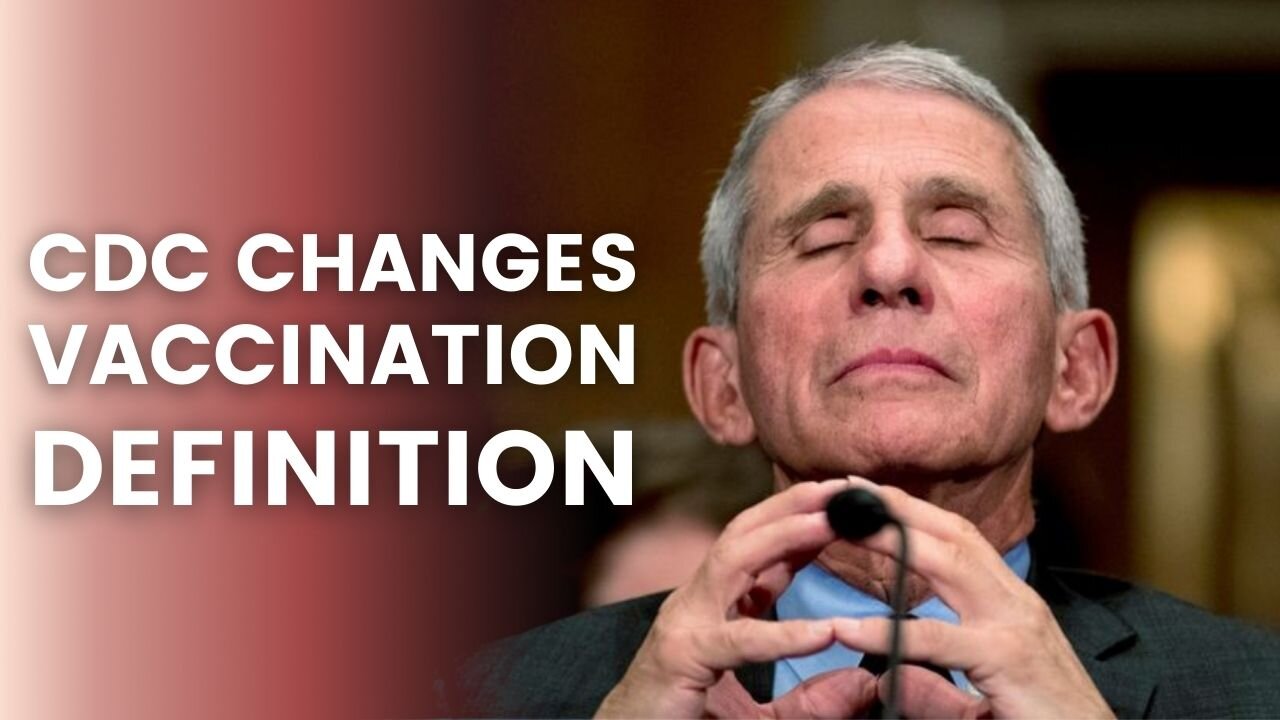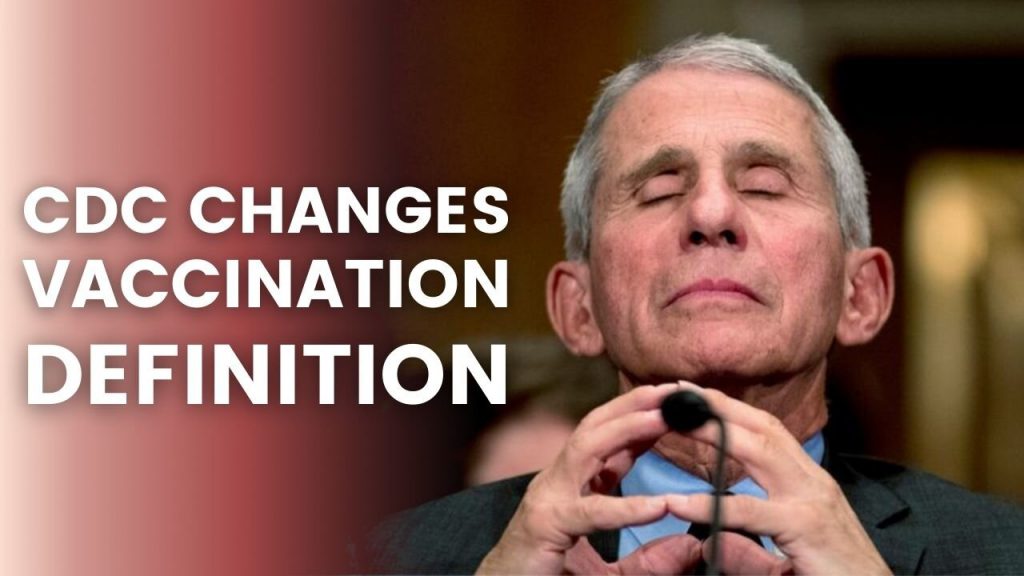
On August 23, the American Center for Disease Control (CDC) quietly changed the definition of fully vaccinated and partially vaccinated, creating a two-week window post-vaccine where deaths and illnesses can be attributed to being partially vaccinated.
According to the CDC, someone is now not considered fully vaccinated until 14 days after receiving their second dose of vaccine.
The CDC is now listing vaccinated COVID-19 deaths as UNvaccinated deaths if they die within 14 days of the vaccine.
Wow. pic.twitter.com/paxPfDp9lo
— Dr. Simone Gold (@drsimonegold) September 2, 2021
“A person is considered fully vaccinated against COVID-19 ≥2 weeks after receipt of the second dose in a 2-dose series (Pfizer-BioNTech and Moderna) or ≥2 weeks after receipt of the single dose of the Janssen vaccine,” the CDC wrote in their report.
“CDC has developed public health recommendations for fully vaccinated people. People who have a contraindication to vaccination or who otherwise do not complete a vaccination series are not considered fully vaccinated.”
Over the last year, the CDC and most news organizations have informed the public of the necessity of becoming fully vaccinated as the best way to defeat COVID-19.
To this end, mainstream media sources have gone out of their way to report the vaccination status of all those infected, hospitalized, or die of COVID-19, separating them into groups of vaccinated, partially, or vaccinated to stress the importance of being fully vaccinated.
However, this recent recategorization is hugely problematic as many adverse reactions are reported within two weeks of receiving the second dose. Moreover, as it is possible to still contract COVID-19 after being vaccinated, many who do — either from the vaccine itself causing infection, from contact with those in hospitals, or any other contact — will now be lumped in with the unvaccinated crowd.
Whether intentional or unintentional, this now distorts the general understanding of the data, and it is not clear how many partially vaccinated individuals had already received their second dose.
Indeed, it could very well be that most post-vaccination infections are those who fall in this two-week window of obscurity, and the vaccine’s overall efficacy regarding post-vaccine cannot be known — though these would not be classified as breakthrough infections.
This news comes as the CDC now recommends a third dose for all those with immunocompromising conditions, and Dr. Anthony Fauci says that three doses will likely be needed to be considered fully vaccinated.
“I must say from my own experience as an immunologist, I would not at all be surprised that the adequate full regimen for vaccination will likely be three doses,” Fauci told reporters during a White House Covid briefing on September 2.
“If it is durable, then you’re going to have very likely a three-dose regimen being the routine regimen.”
If countries change to a three-dose regimen, it is also unclear whether all infections, including those now considered fully vaccinated, will later be reassigned to the partially vaccinated category or if governments will create a new category.











